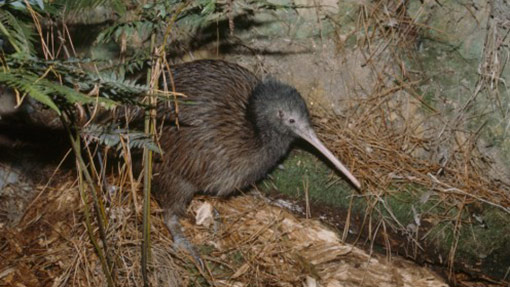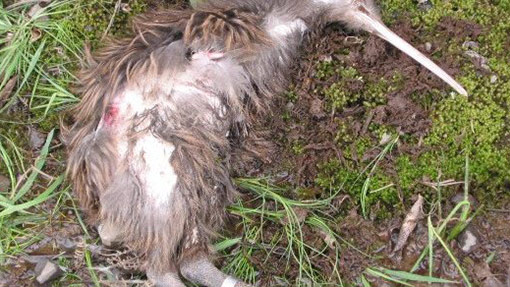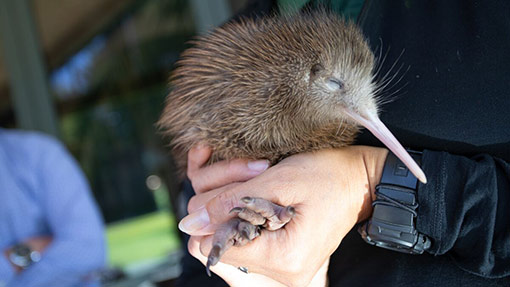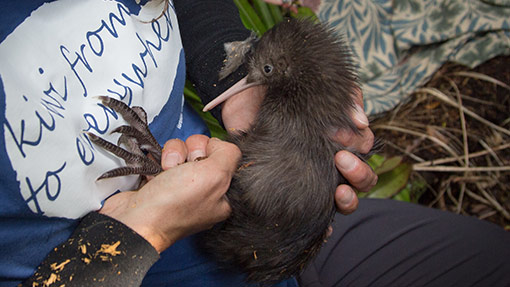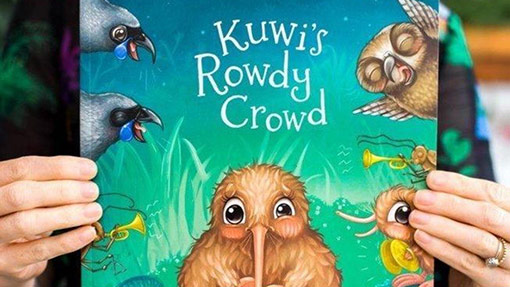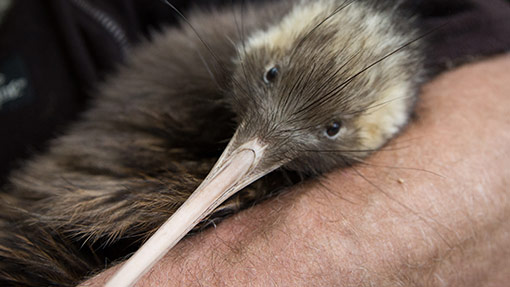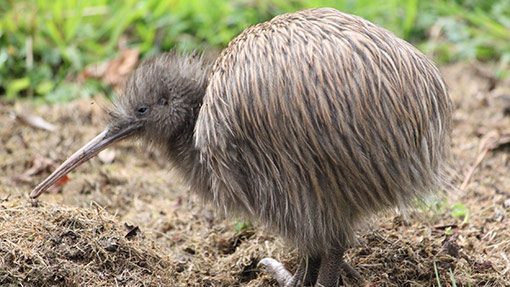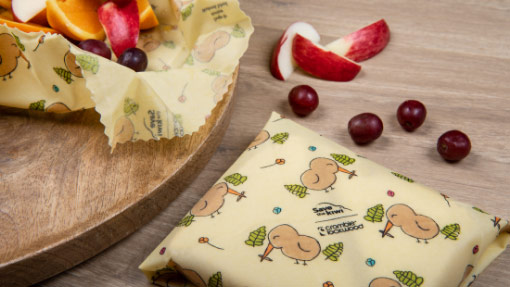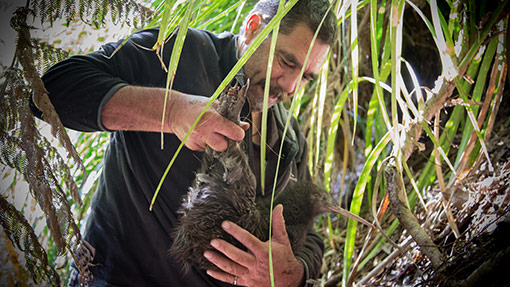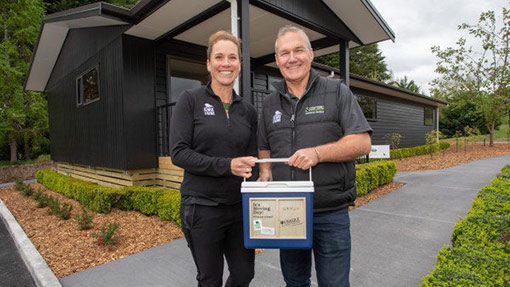The rowi (Apteryx rowi) was only identified as a distinct kiwi species in 2003. Before then, it was thought to be a variety of brown kiwi.
While similar in size to brown kiwi, rowi are distinguished by soft and slightly greyish plumage, and occasional white facial feathers.
Rowi are New Zealand’s rarest kiwi species, with an estimated population of 500 birds. While one of the three tokoeka taxa has an even smaller population (Haast tokoeka are estimated to total just 400), the whole tokoeka species is estimated to number nearly 26,000.
The only wild population of rowi is found at Okarito, near Franz Josef, on the West Coast of the South Island. Most rowi live within the Okarito kiwi sanctuary. 100% of all rowi are under active management to protect them from predators, particularly stoats.
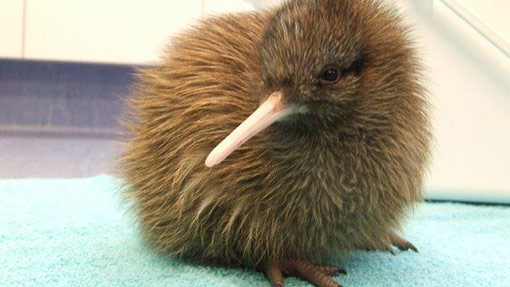
Population status
All population numbers quoted are based on 2015 estimates unless otherwise stated. An updated population estimate will be provided in 2022, based on expansion of predator control operations and increased knowledge on the outcomes of various pest control regimes.
Intensive management by the Department of Conservation (DOC) means the rowi population is no longer declining, but with so few birds they remain very vulnerable.
DOC’s focus is to secure the species from extinction. Its efforts has seen the population increase from a record low of about 150-200 birds in the mid-1990s, mainly due to the success of Operation Nest Egg.
Rowi are classified as ‘threatened (nationally endangered)’.
The table below shows the estimated rowi population in 2008 and 2015, and what it should be in 15 years time, assuming the managed population increases by more than 3.9% each year.
Family dynamics
Breeding pairs
As with other kiwi species, rowi generally mate for life, unless one bird dies. If this happens, the survivor will pair up with another kiwi.
Eggs & Clutches
Rowi usually have just one egg in a clutch, but can have two clutches in one breeding season if the first fails or the eggs are removed as part of Operation Nest Egg. Where Operation Nest Egg is used, pairs can have up to three clutches a season.
Incubation
Incubation is shared between the parents, with males doing about 60% of the egg sitting.
Chicks
Young birds stay with their parents for 4–5 years, sharing their burrow and helping to raise younger siblings. This is different to brown kiwi, where the chicks are completely independent from at least two months of age.
Operation Nest Egg
Rowi are a particularly powerful success story for Operation Nest Egg. In fact, the tool is credited with helping save the species from extinction.
One reason is that it avoids the complete annihilation of chicks by stoats, before they can reach a weight where they are better able to defend themselves.
Operation Nest Egg began with rowi in the mid-1990s. Before the Okarito kiwi sanctuary was established, nearly 70 Operation Nest Egg birds had already been released there. It is expected the tool will continue to be used for 5–10 years, until the population is large enough and other ways to manage it become more cost effective.
Kōhanga kiwi
Kōhanga kiwi populations are being established for rowi.
Preferred habitat
Okarito kiwi sanctuary covers about 11,000 hectares of dense lowland forest (podocarp/broadleaf) between Okarito and the Waiho River.
Learn more about kiwi
Kiwi species
All kiwi are the same, right? Wrong. There are actually five different species of kiwi, all with their own unique features.
Threats to kiwi
The national kiwi population is under attack from many different threats, including predators, loss of habitat, and fragmentation of species.
Where to see kiwi
Many facilities around New Zealand are home to kiwi, plus there are places where, if you're lucky, you could see one in the wild too.
How you can help
Many hands make light work. Keen to join the mission to save the kiwi? Here are some ways you can help.
Protect kiwi
For kiwi to thrive, we all need to work together. Find out what you can do to help save the kiwi, wherever in Aotearoa you happen to be.
Fundraise
To continuing saving the kiwi, conservation groups need funding. Support the mission by making a donation, setting up a fundraising project, or engaging with other fundraising initiatives.
Shop for kiwi
Show your support for Save the Kiwi and some of our wonderful sponsors by purchasing products that will help us do more of what we do.
Donate
Make a quick donation, donate a day of annual leave or invest to save the kiwi.
